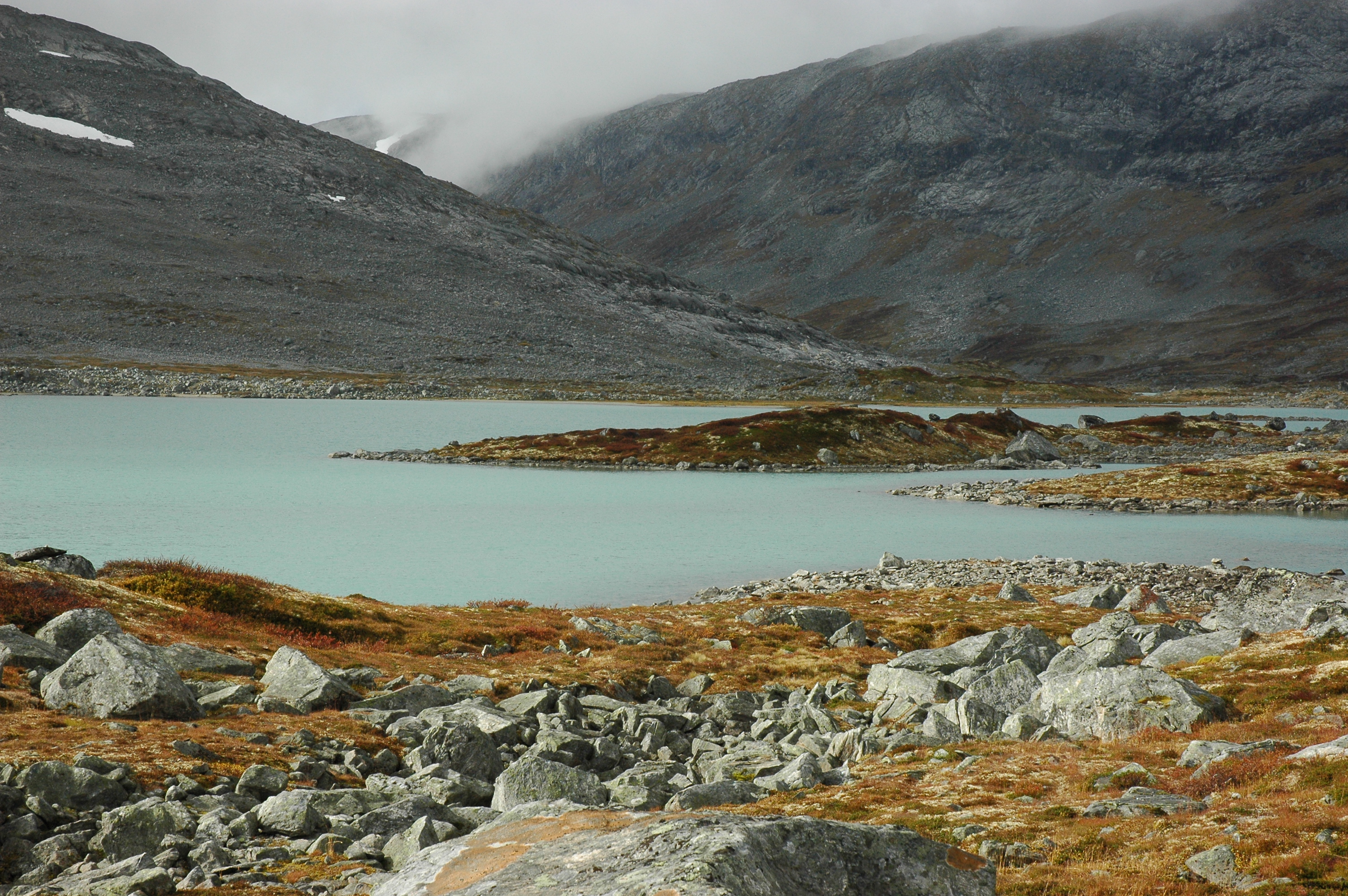Archaeologists have made a fascinating discovery of a mountain shelter used by travelers during the Viking Age.
This rock cabin was found along the historic Nordmannslepa transport route across Norway’s Hardanger Plateau, which has long been used for transporting goods and livestock between eastern and western regions.
Given the harsh weather conditions in this mountainous area, ancient travelers often relied on stone huts to seek refuge after long journeys. In the early 1800s, scientist Christopher Hansteen stumbled upon one of these cabins and noted its deteriorated state in a travelogue.
This summer, a group of archaeologists from the Museum of Cultural History in Oslo set out to locate Hansteen’s shelter. Their efforts paid off when they discovered it on a slope, along with an even older hut believed to be from the Viking Age.

Pascal Goetzinger/iStock/Getty Images Plus
The artifacts unearthed date back to the Viking Age, a time from the late 8th to the 11th centuries when Vikings were known for their raids, colonization, and trade across Europe and beyond.
The archaeologists proceeded to excavate the cabin, which consists of two rooms: a small storage area near the entrance and a larger main room with a central fireplace. They uncovered various charred wood remnants that served as fuel for the fire, along with animal bones from birds, fish, and reindeer, shedding light on the dietary habits of travelers at the time.
A layer of soot and leftover bones indicated that food scraps were often tossed directly onto the fire. Among their notable finds was a fire steel, used for igniting fires with flint, and a pair of arrowheads, likely belonging to a hunter.
